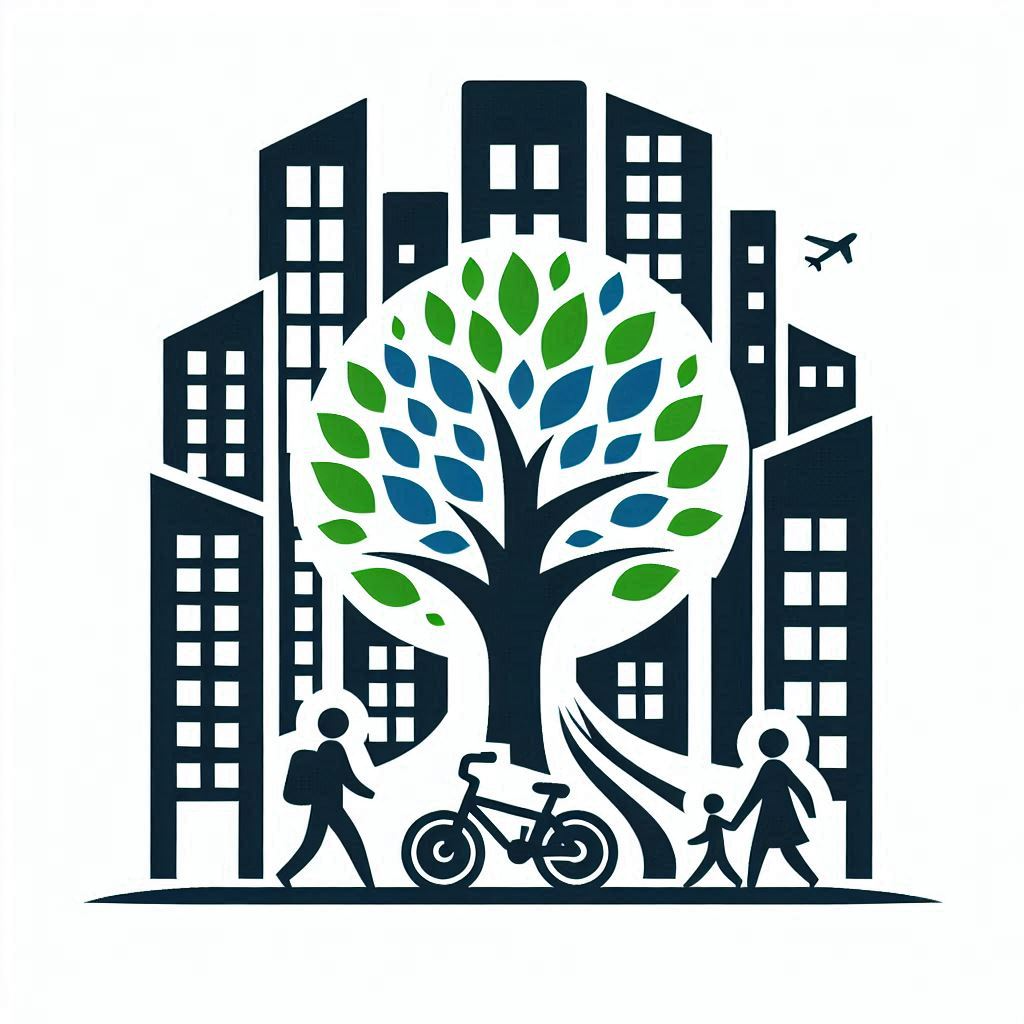REAL-WORLD PROBLEMS NEED IN-DEPTH ANALYSIS

The current loading zones in CCRA are not functioning as intended, with vehicles using them for parking rather than active loading, creating unnecessary congestion. Emergency response times for fire, ambulance, and police services are at risk due to delays caused by restricted access. Essential utility work by PGW, PECO, and PWD relies on curbside access, particularly for row homes where gas, water, and electrical lines run from the center of the street—making timely repairs critical to preventing hazardous leaks. Sanitation services are also impacted, as barriers hinder trash collection, affecting street cleanliness and overall quality of life. Snow removal efforts are complicated by these obstructions, leading to hazardous conditions in winter months. Street construction, debris, and blockages further disrupt traffic flow and accessibility. Large vehicles, including tandem buses and 18-wheelers, face difficulty making necessary turns, adding to congestion and escalating road rage incidents. Delivery trucks and moving vans struggle to find safe stopping areas, disrupting essential services for businesses and residents. Additionally, the installation, maintenance, and repair of these barriers raise concerns about long-term sustainability, cost, and their visual impact on historic streets.
